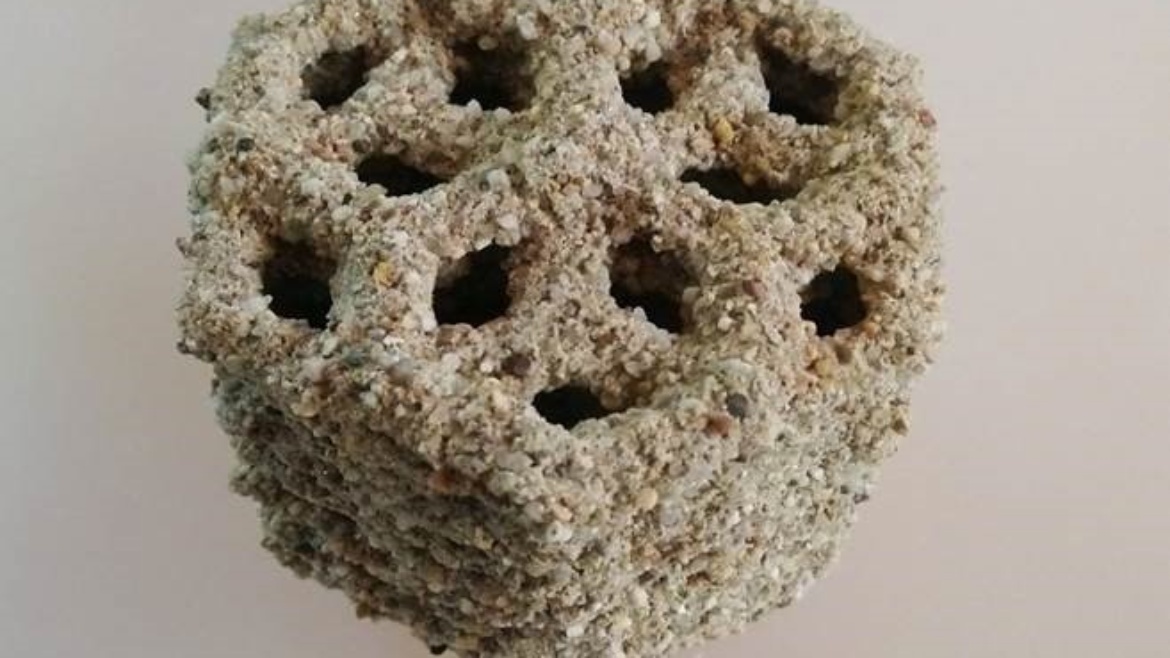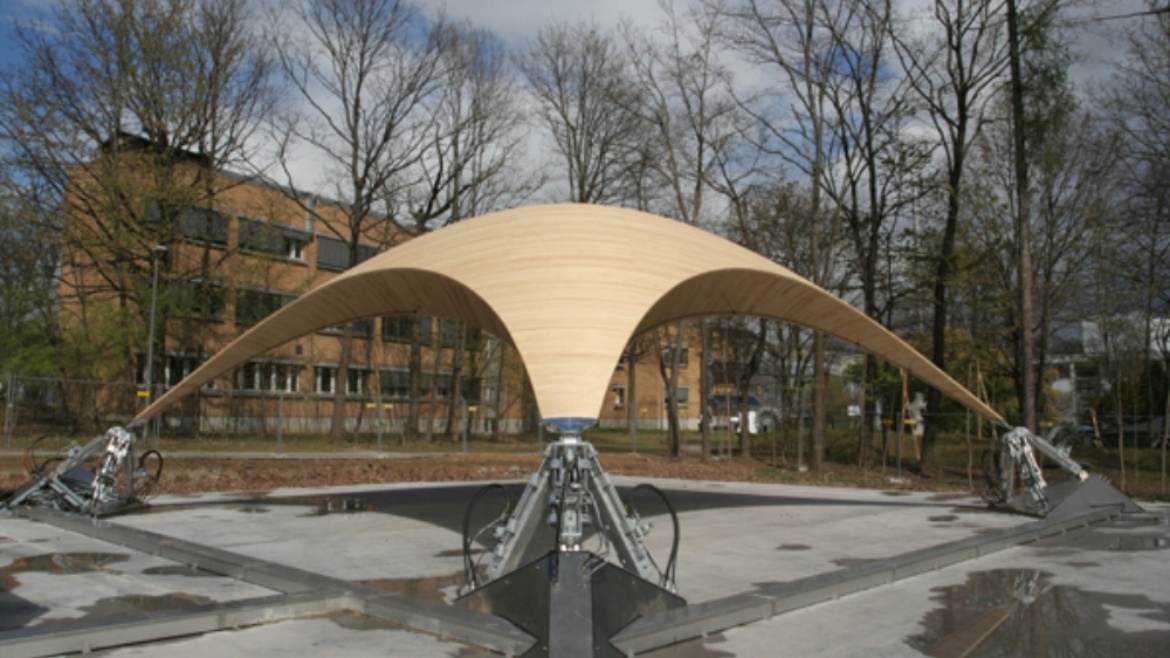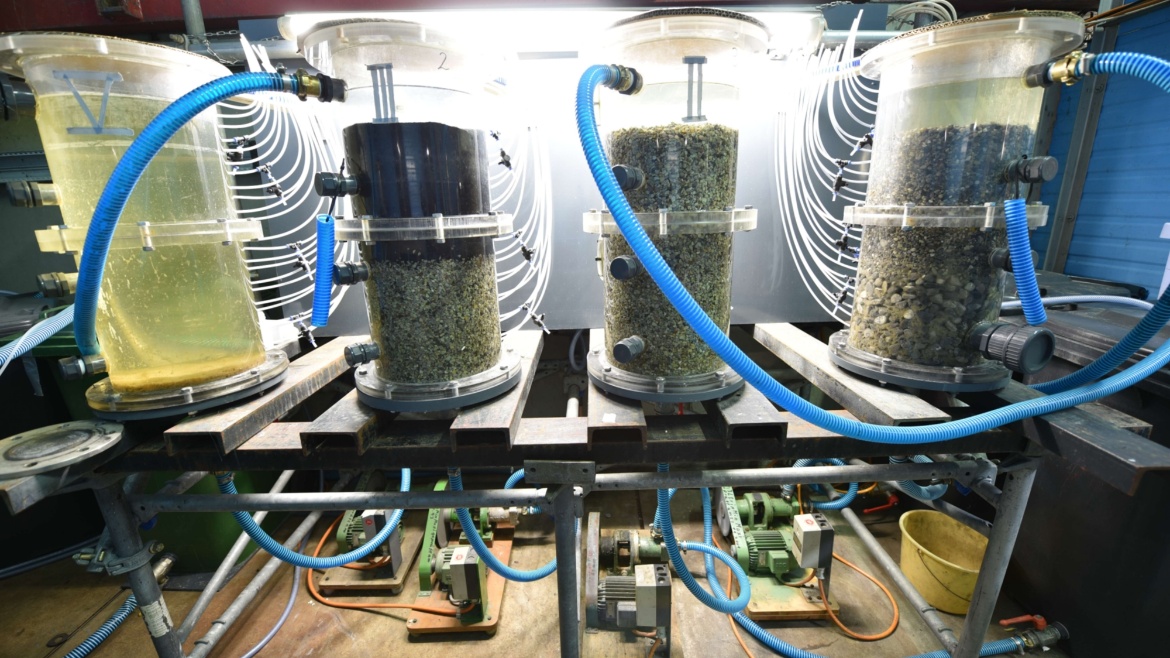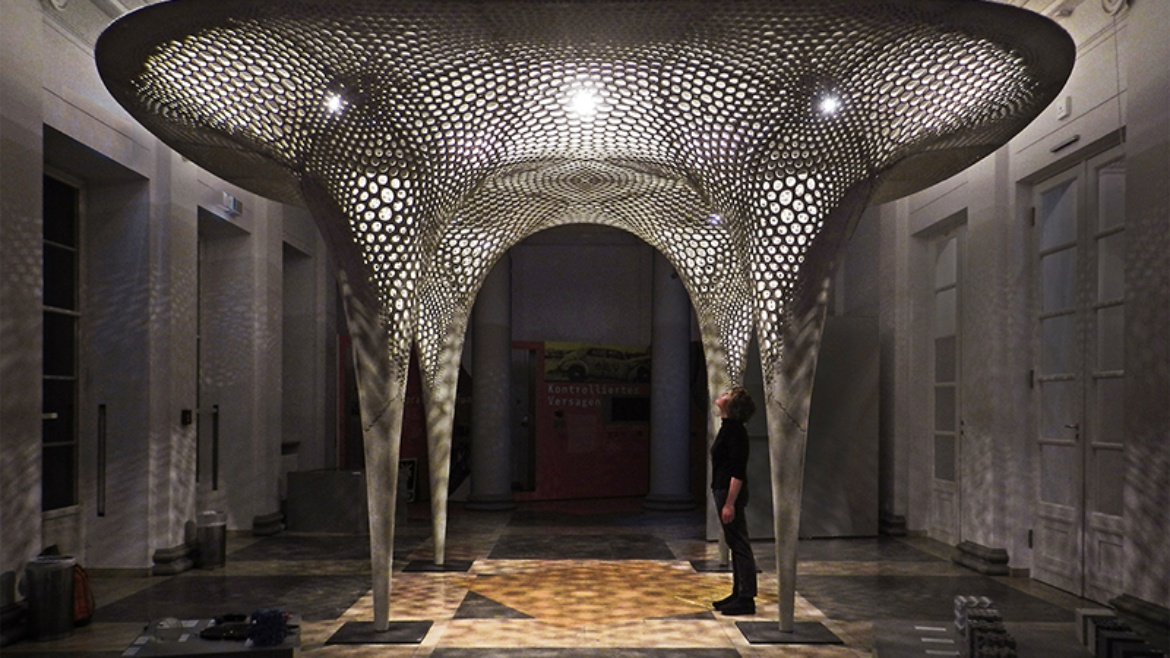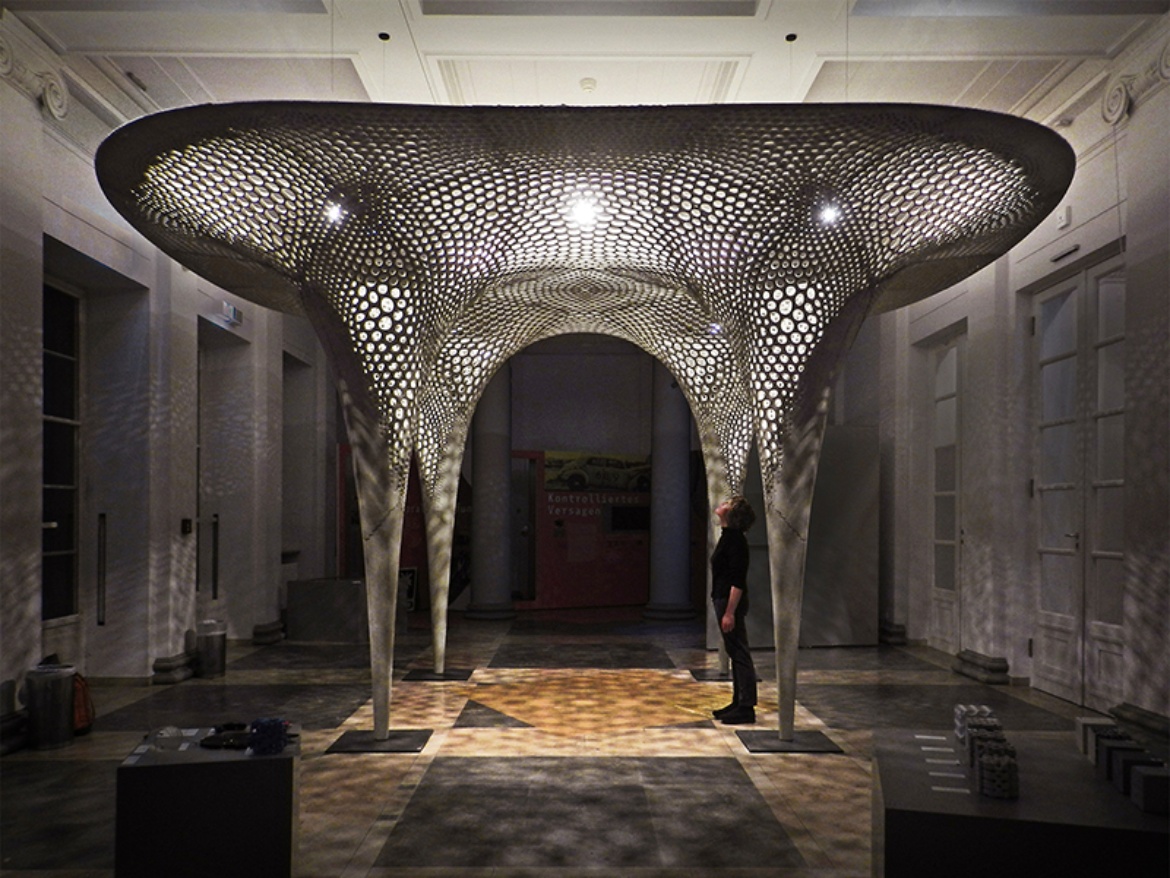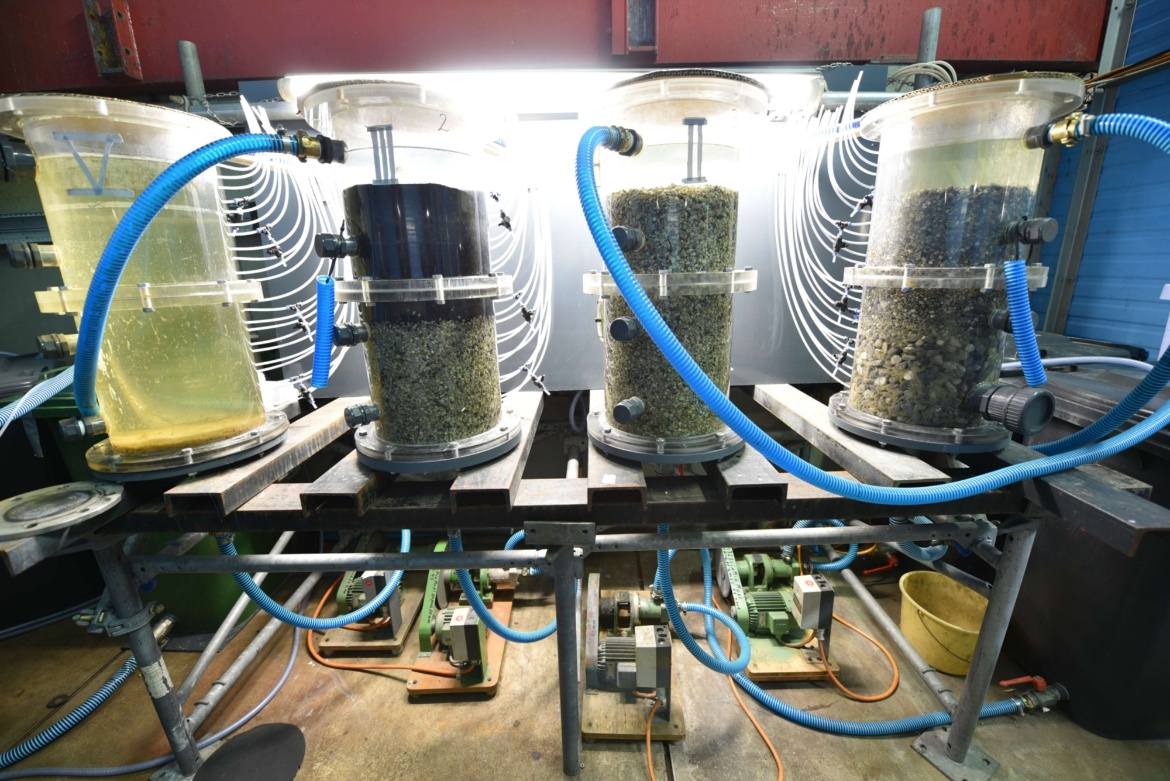Climate change, resource consumption, resilience, regenerative materials, material cycles, sustainable cities and regions, protection against climate disasters, efficient construction, digitalization, biodiversity, water protection
Collaborative Research Centers
Research associations in the field of sustainability
Buildings and Materials
The great variety and quantity of existing buildings as well as the unabated demand for new construction represent an enormous challenge on the way to a climate-neutral and climate-adapted built environment. Material and land consumption must be reduced. The use of resources must become more efficient and more cycle-oriented. An optimal balance must be found for energy demand and supply. In view of the cost development and the uncertain availability of both raw materials and skilled workers, building products and processes must be designed holistically.
- Institute for Acoustics and Building Physics (IABP)
- Institute of Applied Mechanics (MIB)
- Chair of Material Theory (Chair I)
- Chair of Continuum Mechanics (Chair II)
- Heisenberg-Professorship Data Analytics in Engineering (previously Emmy-Noether-Group EMMA)
- Institute of Construction Management (IBL)
- Institute of Construction Materials (IWB)
- Institute of Geotechnical Engineering (IGS)
- Institute for Lightweight Structures and Conceptual Design (ILEK)
- Institute of Structural Design (KE)
- Institute for Structural Mechanics (IBB)
Spacal Development and Mobility
This area is concerned with research that combines aspects of spatial and settlement structure and transport development with issues of sustainability, such as climate neutrality and climate resilience. The focus is on planning and modeling that enable integrated transport and settlement development aimed at sustainability. Thus, the research field offers direct solution competencies for the SDGs: 11 sustainable cities and communities, 13 climate action, and 3 health and well-being.
Water, Environment and Biosystems
The area of water, environmental and biosystems deals with methods and technologies for maintaining the quality of water as a natural resource as well as for humans and other living organisms. For this purpose, models are being developed that depict processes in the overall hydraulic and hydrological system and are used for resource-saving environmental design, or that simulate the function of individual extremities.
- Institute for Modelling Hydraulic and Environmental Systems (IWS)
- Institute for Sanitary Engineering, Water Quality and Solid Waste Management (ISWA)
- Department of Environmental Microbiology
- Department of Multicale Environmental Process Engineering
- Department of Technical Environmental Chemistry and Sensor Technology
- Micropollutants Competence Centre BW - Kompetenzzentrum Spurenstoffe Baden-Württemberg (KomsBW)
- Teaching and research sewage treatment plant (LFKW)
- Institute for Modelling and Simulation of Biomechanical Systems (IMSB)
- Department of Computational Biophysics and Biorobotics (CBB)
- Department of Continuum Biomechanics and Mechanobiology (CBM)


